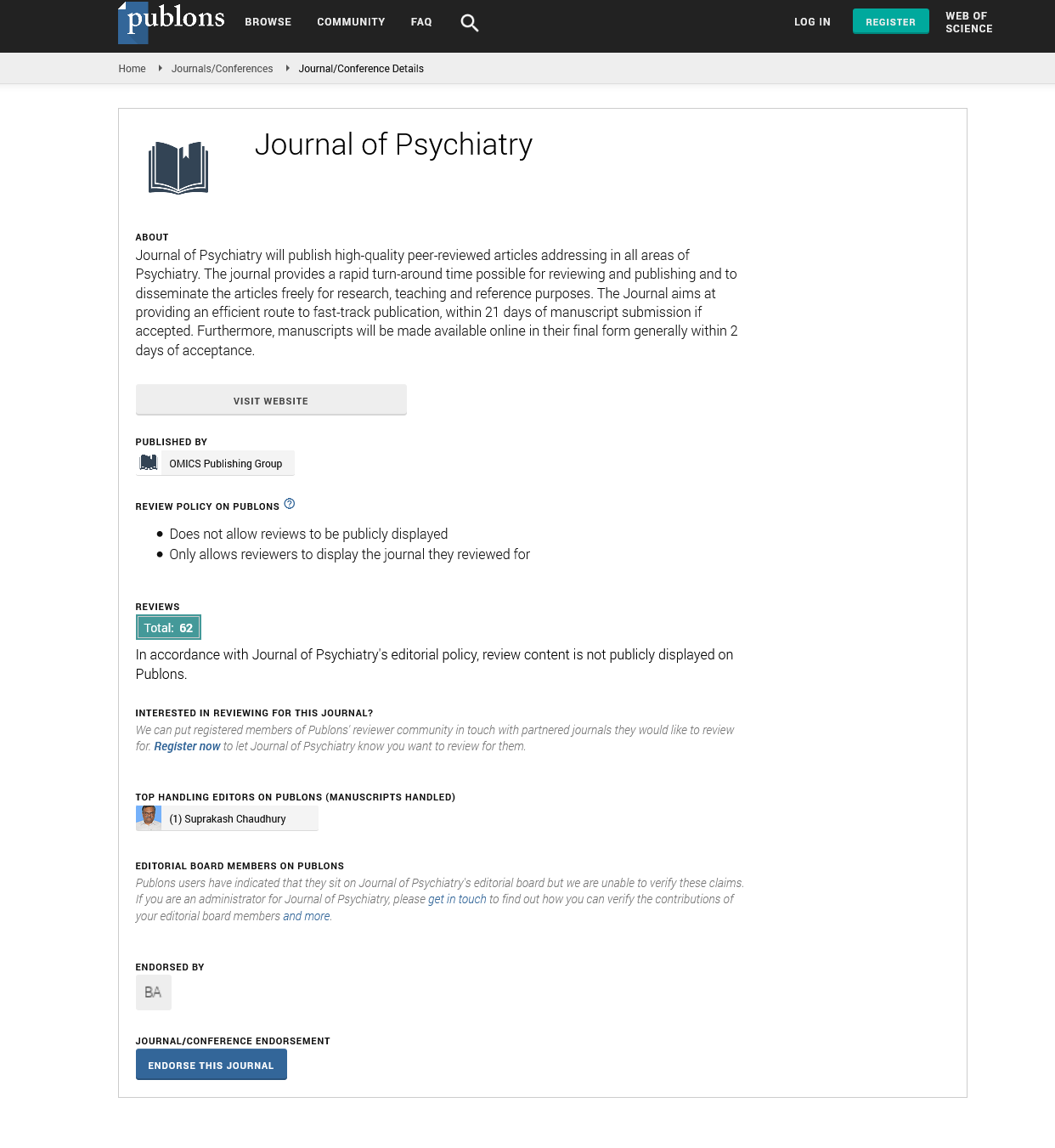Indexed In
- RefSeek
- Hamdard University
- EBSCO A-Z
- OCLC- WorldCat
- SWB online catalog
- Publons
- International committee of medical journals editors (ICMJE)
- Geneva Foundation for Medical Education and Research
Useful Links
Share This Page
Open Access Journals
- Agri and Aquaculture
- Biochemistry
- Bioinformatics & Systems Biology
- Business & Management
- Chemistry
- Clinical Sciences
- Engineering
- Food & Nutrition
- General Science
- Genetics & Molecular Biology
- Immunology & Microbiology
- Medical Sciences
- Neuroscience & Psychology
- Nursing & Health Care
- Pharmaceutical Sciences
Value Added Abstract - (2020) Volume 0, Issue 0
Post-treatment with Oxcarbazepine Confers Potent Neuroprotection against Transient Global Cerebral Ischemic Injury by Activating Nrf2 Defense Pathway
Jun Hwi Cho1,3*, Won Joo Seo1, Yeon Ho Yoo1, Joong Bum Moon1,3, Chan Woo Park1,3, Taek Geun Ohk1,3, Myoung Cheol Shin1, Ji Hyeon Ahn2, Young Eun Park3, Tae Kyeong Lee3, Jae-Chul Lee3, Moo-Ho Won3 and Joon Ha Park32Hallym University, Republic of Korea
3Dongguk University, Republic of Korea
Published: 16-Sep-2020
Abstract
Purpose: Oxcarbazepine (OXC), a voltage-gated sodium channel blocker, is a new antiepileptic medication. OXC is also used for the treatment of bipolar disorders. Some voltage-gated sodium channel blockers have been demonstrated to display strong neuroprotective properties in models of cerebral ischemia. However, protective effects of OXC against ischemic brain injury and related mechanisms have not yet been reported. In this study, we investigated the protective effect of OXC and its mechanisms in the cornu ammonis 1 subfield (CA1) of gerbils subjected to 5 min of transient global cerebral ischemia (tGCI).
Materials and methods: Transient ischemia led to death of most pyramidal neurons in CA1 at 5 days after tGCI. OXC (100 and 200 mg/kg) was intraperitoneally administered once at 30 min after tGCI.
Results: Treatment with 200 mg/kg OXC, not 100 mg/kg OXC, significantly protected CA1 pyramidal neurons from tGCI-induced injury. OXC treatment significantly decreased superoxide anion production, 4-hydroxy-2-nonenal and 8-hydroxyguanine levels in ischemic CA1 pyramidal neurons. In addition, the treatment restored levels of superoxide dismutase, catalase, and glutathione peroxidase. Furthermore, the treatment distinctly inhibited tGCI-induced microglia activation and significantly reduced levels of pro-inflammatory cytokines.
Conclusions: In particular, OXC treatment significantly enhanced expressions of nuclear factor erythroid 2-related factor 2 (Nrf2) and its downstream protein heme oxygenase-1 in ischemic CA1; however, the forenamed effects of OXC were abolished by brusatol (an inhibitor of Nrf2). Taken together, these results indicate that post-treatment of OXC can display neuroprotection against brain injuries following ischemic insults.

Biography:
Jun Hwi Cho, MD, PhD is professor in department of Emergency Medicine and Neurobiology, Kangwon National University Hospital, South Korea. His major research fields are cardiac arrest and cardiopulmonary resuscitation (CPR) using hypothermia, toxicology and critical care, experimental ischemic stroke: about neuronal damage and protection in the ischemic brain, cardiopulmonary resuscitation using rat VF model & asphyxia model and histopathological research after cardiac arrest in animal model of cardiac arrest.

Speaker Publications:
1. Jung YS, Kim KS, Suh GJ, Cho JH (2019) “Pre-Comparison between Gel Pad Cooling Device and Water Blanket during Target Temperature Management in Cardiac Arrest Patients”. Acute Crit Care 33(4):246-251.
2. Lee CH, Park JH, Ahn JH, Kim JD, Cho JH, Lee TK, Won MH (2019) “Stronger antioxidant enzyme immunoreactivity of Populus tomentiglandulosa extract than ascorbic acid in rat liver and kidney”. Iran J Basic Med Sci 22(8):963-967.
3.Lee TK, Kim H, Song M, Lee JC, Park JH, Ahn JH, Yang GE, Kim H, Ohk TG, Shin MC, Cho JH, Won MH (2019) “Time-course pattern of neuronal loss and gliosis in gerbil hippocampi following mild, severe, or lethal transient global cerebral ischemia”. Neural Regen Res 14(8):1394-1403.
4.Lee JH, Jung JY, Lee HJ, Kim DK, Kwak YH, Chang I, Kwon H, Choi YJ, Park JW, Paek SH, Cho JH (2019) “Efficacy of low-dose nebulized epinephrine as treatment for croup: A randomized, placebo-controlled, double-blind trial”. Am J Emerg Med 37(12):2171-2176.
5.Ahn JH, Ohk TG, Kim DW, Kim H, Song M, Lee TK, Lee JC, Yang GE, Shin MC, Cho JH, Choi SY, Won MH, Park JH (2019) “Fluoro-Jade B histofluorescence staining detects dentate granule cell death after repeated five-minute transient global cerebral ischemia”. Metab Brain Dis 34(3):951-956.
34th European Neurology Congress; Webinar-June 24-25, 2020.
Abstract Citation:
Jun Hwi Cho, Post-treatment with Oxcarbazepine confers potent neuroprotection against transient global cerebral ischemic injury by activating Nrf2 defense pathway, Neurology Congress 2020, 34th European Neurology Congress Webinar- June 24-25, 2020.

